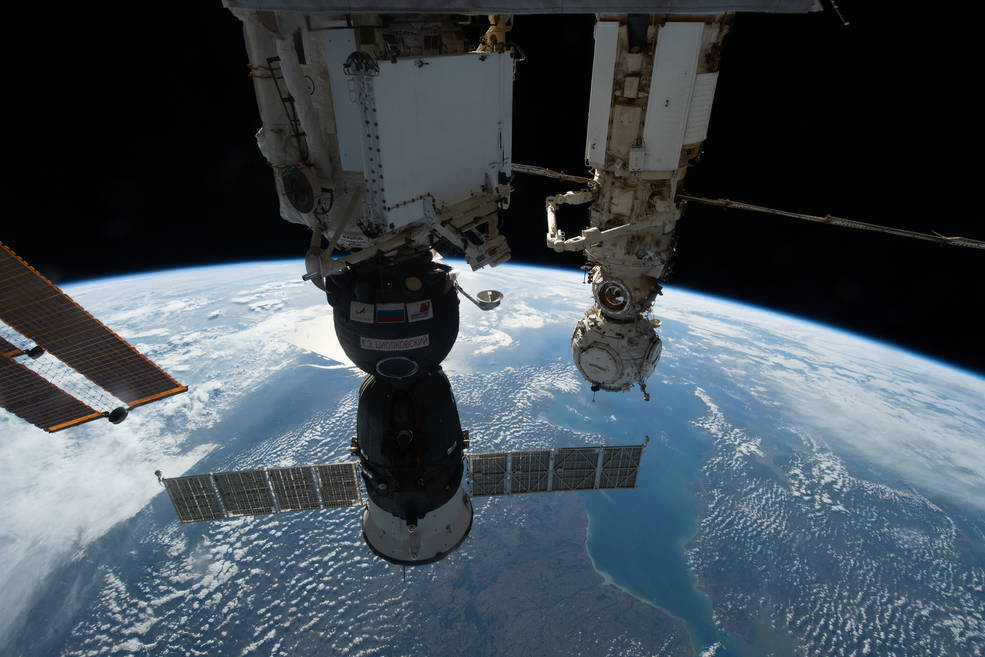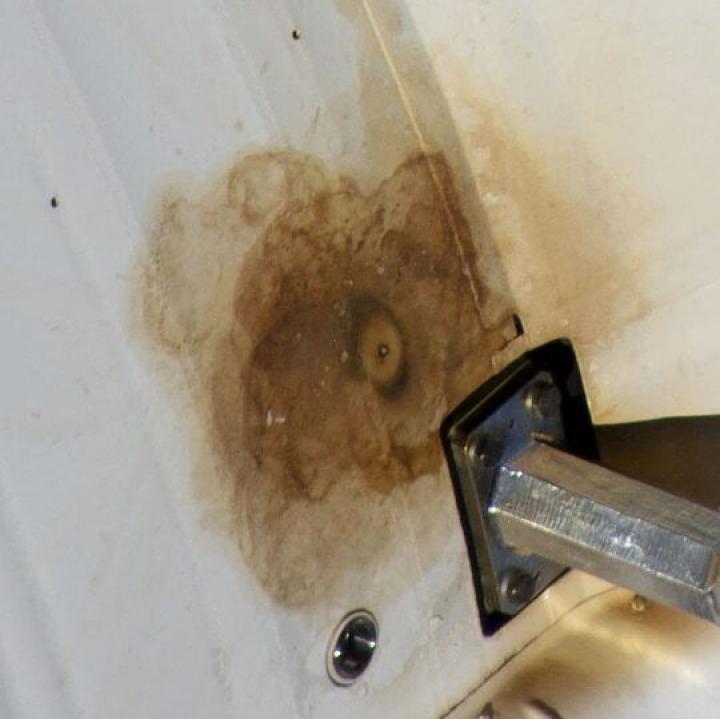Russia plans to launch a replacement spacecraft to the International Space Station on Thursday, with arrival expected Saturday, NASA officials confirmed Tuesday.
23.02.2023

NASA will provide live coverage of key events as an uncrewed Roscomos Soyuz spacecraft launches and docks to the International Space Station.
The Soyuz MS-23 will launch from the Baikonur Cosmodrome in Kazakhstan at 7:24 p.m. EST Thursday, Feb. 23 (5:24 a.m. Feb. 24, Baikonur time). Coverage will begin at 7 p.m., on NASA Television, the NASA app, and on the agency’s website.
After a two-day journey, the unpiloted spacecraft will dock automatically to the Poisk module’s space-facing port at 8:01 p.m. Saturday, Feb. 25. NASA coverage of rendezvous and docking will begin at 7:15 p.m.
This new Soyuz will replace the Soyuz MS-22 spacecraft following a radiator coolant leak Dec. 14, 2022. The Soyuz MS-22 transported NASA astronaut Frank Rubio and Roscosmos cosmonauts Sergey Prokopyev and Dmitri Petelin to the space station last September. The three crew members will return to Earth on the new Soyuz MS-23 later this year.
The damaged Soyuz MS-22 is scheduled to undock from the station in late March and return to Earth for an uncrewed parachute-assisted landing in Kazakhstan, and post-flight analysis by Roscosmos.
Quelle: NASA
+++
Replacement craft for leaking Soyuz to launch on Thursday
The spacecraft will replace another that had sprung a leak and was venting coolant into space

Leaking coolant from a damaged Soyuz spacecraft at the International Space Station. (Roscosmos
The Soyuz spacecraft will replace one that was damaged in December and was leaking coolant while it was docked at the space station. Russian officials later determined that the spacecraft was not safe to transport its crew of two Russian cosmonauts and a NASA astronaut home.
As of last week, it was unclear when the replacement would be launched after a second Russian spacecraft, one used to transport cargo only and not people, suffered similar damage. The Russian space agency has been trying to figure out what caused the leaks, but has determined that the Soyuz replacement vehicle was good to fly.
In a call with reporters Tuesday evening, Dana Weigel, NASA’s deputy manager of the International Space Station program, said Russia has “taken a look at the upcoming Soyuz that’s slated to launch and they’re not seeing any issues with the vehicle, so they’re pressing ahead with their launch preparations.”
She added that NASA has been in touch with their Russian counterparts as the they investigate the cause of the problems.
“What they're really trying to understand is, are there any signs or signatures that somewhere along the spacecraft’s journey, whether its launch or launch vehicle separation, there's some other external influence or damage that could have occurred that could have been a factor there,” she said.
The crew — NASA astronaut Frank Rubio and Russian cosmonauts Sergey Prokopyev and Dmitri Petelin — launched to the International Space Station in September in what was supposed to be a six-month stay, with a return trip set for March.
Normally, crews rotate out after six-month stays on the space station, and Rubio, Prokopyev and Petelin were to return when a replacement crew flying the next spacecraft would relieve them. Since Roscosmos is now sending that spacecraft as a rescue vehicle, with no crew on board, the replacement crew won’t fly until September. And so Rubio, Prokopyev and Petelin will remain aboard the space station until the new crew arrives.
NASA expects to fly its next crew to the space station early Monday morning. The Crew-6 astronauts, two from NASA, one from Russia and one from the United Arab Emirates, will fly on SpaceX’s Dragon spacecraft. They would replace the Crew-5 contingent, which will likely home a few days later.
Quelle: The Washington Post
